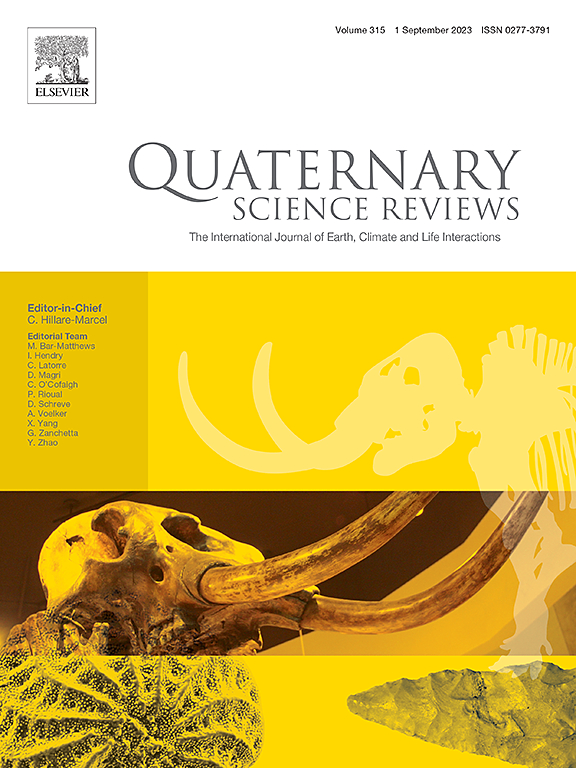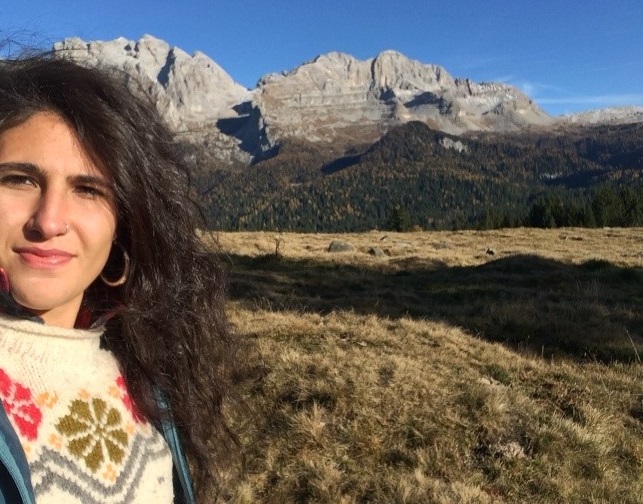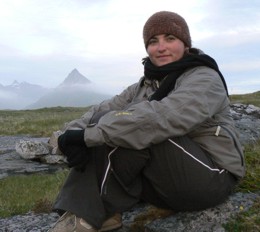-
Partager cette page
More than agriculture: Analysing time-cumulative human impact on European land-cover of second half of the Holocene
Publié le 6 septembre 2023 – Mis à jour le 3 octobre 2023
This study quantifies European anthropogenic land cover changes using human pressure index (HPI). HPI shows 60% increase in anthropogenic land-cover modifications throughout the second half of the Holocene. Population estimates correlate with HPI and agree with previously published data on land use. High HPI values in the Mid-Holocene suggest significant impact of early agricultural and pre-agricultural human practices.

Assessment of past anthropogenic modifications of land-cover dynamics is key to understanding the human role in the Earth system. Recent advances in palaeoenvironmental sciences allow us to assess the long-term impacts of anthropization on ecosystems, landscapes, and land-cover.
Our study aims to evaluate the role of human impact on European land-cover over the past 6000 years by comparing two independent datasets.
Patterns of spatio-temporal evolution of the HPI agree with previously published data about the spread of agriculture in Europe. In particular, both HPI and anthropogenic land-cover change (ALCC) scenarios indicate a rapid increase of the human pressure around 1200–1700 BP, and a significant increase of agriculture-related land-cover modifications by nearly 60% throughout the second half of the Holocene. However, initially high HPI values (up to 70%) at 5700–6200 BP, which correlate with population estimates (r = 0.75, p-value <0.005), suggest high levels of anthropogenic land-cover transformations, introduced by earlier agricultural as well as non-agricultural activities.
The results of our study suggest that vegetation cover of the Mid-Holocene substantially differed from the state of potential natural vegetation (PNV) due to cumulative effect of early human alterations on the land-cover. This challenges the hypothesis that vegetation in the Mid-Holocene was in a relatively natural state and contributes valuable insights to the onset of agriculture as the start of the Anthropocene.
Lire la suite de l'article sur le site https://www.sciencedirect.com/
Our study aims to evaluate the role of human impact on European land-cover over the past 6000 years by comparing two independent datasets.
- We use a dynamic vegetation model forced by debiased climate model outputs. The climate model uses natural forcings only and therefore the computed vegetation distribution is interpreted as the potential natural vegetation.
- We use pollen-based reconstructions, which intrinsically include anthropogenic influence. The discrepancies between the two datasets are attributed to human activity and quantified in a form of a human pressure index (HPI).
Patterns of spatio-temporal evolution of the HPI agree with previously published data about the spread of agriculture in Europe. In particular, both HPI and anthropogenic land-cover change (ALCC) scenarios indicate a rapid increase of the human pressure around 1200–1700 BP, and a significant increase of agriculture-related land-cover modifications by nearly 60% throughout the second half of the Holocene. However, initially high HPI values (up to 70%) at 5700–6200 BP, which correlate with population estimates (r = 0.75, p-value <0.005), suggest high levels of anthropogenic land-cover transformations, introduced by earlier agricultural as well as non-agricultural activities.
The results of our study suggest that vegetation cover of the Mid-Holocene substantially differed from the state of potential natural vegetation (PNV) due to cumulative effect of early human alterations on the land-cover. This challenges the hypothesis that vegetation in the Mid-Holocene was in a relatively natural state and contributes valuable insights to the onset of agriculture as the start of the Anthropocene.
Lire la suite de l'article sur le site https://www.sciencedirect.com/






